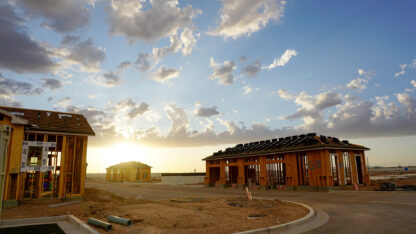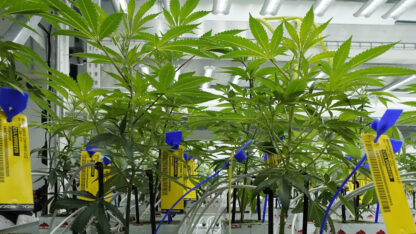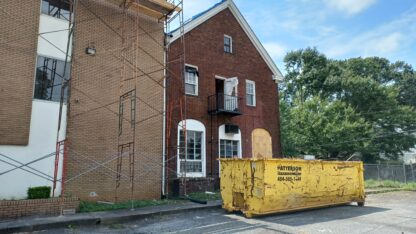New report: Georgia's poor and rural communities face biggest climate risks
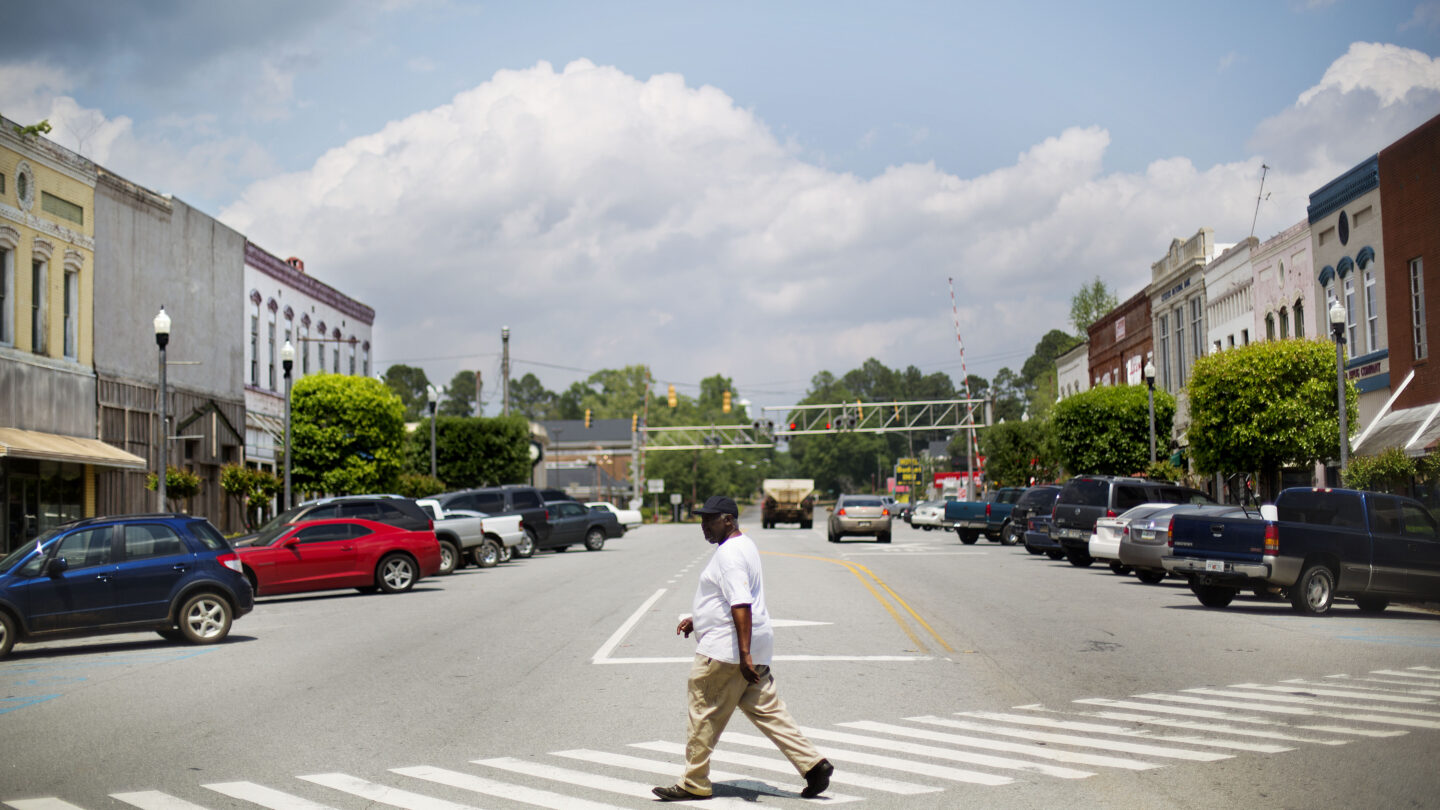
This coverage is made possible through a partnership with WABE and Grist, a nonprofit, independent media organization dedicated to telling stories of climate solutions and a just future.
Georgians are already feeling the effects of climate change, and the impacts are worse for poor communities of color, a panel of scientists said Tuesday in the federal government’s National Climate Assessment (NCA).
The report called out the Southeast’s long history of slavery, Jim Crow laws, and discrimination in its in-depth look at how climate change is affecting the region and how communities are adapting.
“Centuries of political and land-use decisions have threatened the landscape and the people, with a few prospering at the expense of many,” the assessment’s Southeast chapter said.
The report found that the mounting risks and impacts from climate change in the Southeast came as the region’s population continued to explode – with many people moving into risky places like the flood-prone coast.
The NCA comes out every four years and aims to provide a snapshot of the current state of climate change: what impacts are happening now and predicted in the future, what people are doing to protect themselves and their communities, and what more needs to be done. It’s rigorously vetted and based on the latest climate research.
Nationwide and in the Southeast, the latest report found the effects of climate change were already wide-reaching and getting worse. While efforts to adapt and reduce greenhouse gas emissions have expanded since the last edition in 2018, it said, deeper emissions cuts and faster adaptation are both essential.
“We cannot afford to do nothing and wait for perfect answers because, at the same time, the human volcano’s putting out more and more carbon,” said Pam Knox, an agricultural climatologist at the University of Georgia and a co-author of the NCA Southeast chapter. “As long as that’s happening, we’re trying to play catch up.”
Unequal impacts
The assessment found inequity throughout the Southeast in most climate impacts, and in most of the ways communities are protecting themselves. Much of that inequity, the report said, is a lingering result of historic and ongoing discrimination that has disadvantaged communities of color in the South.
These disparities appeared repeatedly in the assessment. The report found that under-resourced areas face more significant risks while having less access to protection; wealthier communities tend to have more robust climate adaptation plans and more access to money and assistance to realize those plans.
Inequities are particularly stark in energy costs, the assessment found. Southerners tend to pay a more significant share of household income toward energy costs, a metric known as energy burden.
Communities of color usually face the highest energy burden. As heatwaves get longer and more intense, the report noted, energy cost is key because air conditioning is the main way people can protect themselves.
“It tends to be the most marginalized populations already who don’t have very high energy security, they have very high energy burden, and so it’s really those [people] who can’t easily afford to run air conditioning, even if they have it,” said report co-author Evan Mallen, a researcher at the Georgia Tech Urban Climate Lab.
According to the report, renters also face higher risks with fewer protections. Communities of color are more often renters.
Tens of thousands of rental units in Atlanta face at least a “relatively moderate” risk of damage from disasters like flooding. But renters are often left out of protection measures like mandatory flood risk reporting.
Georgia’s biggest industry
The changing climate has major implications for Georgia’s $74 billion agriculture industry, which relies heavily on factors like temperature and rainfall. Those impacts aren’t distributed equally – and they’re not all bad news.
Georgia farmers are already grappling with climate impacts. This year, for instance, warm weather coaxed crops like peaches and blueberries to bloom early, then a March freeze destroyed those blooms and prompted a disaster declaration.
The assessment found that some climate impacts have hit farmers of color especially hard, particularly in the Southeast, which has the highest proportion of Black producers.
Regions with a higher number of drought events often overlapped with higher proportions of Black farmers.
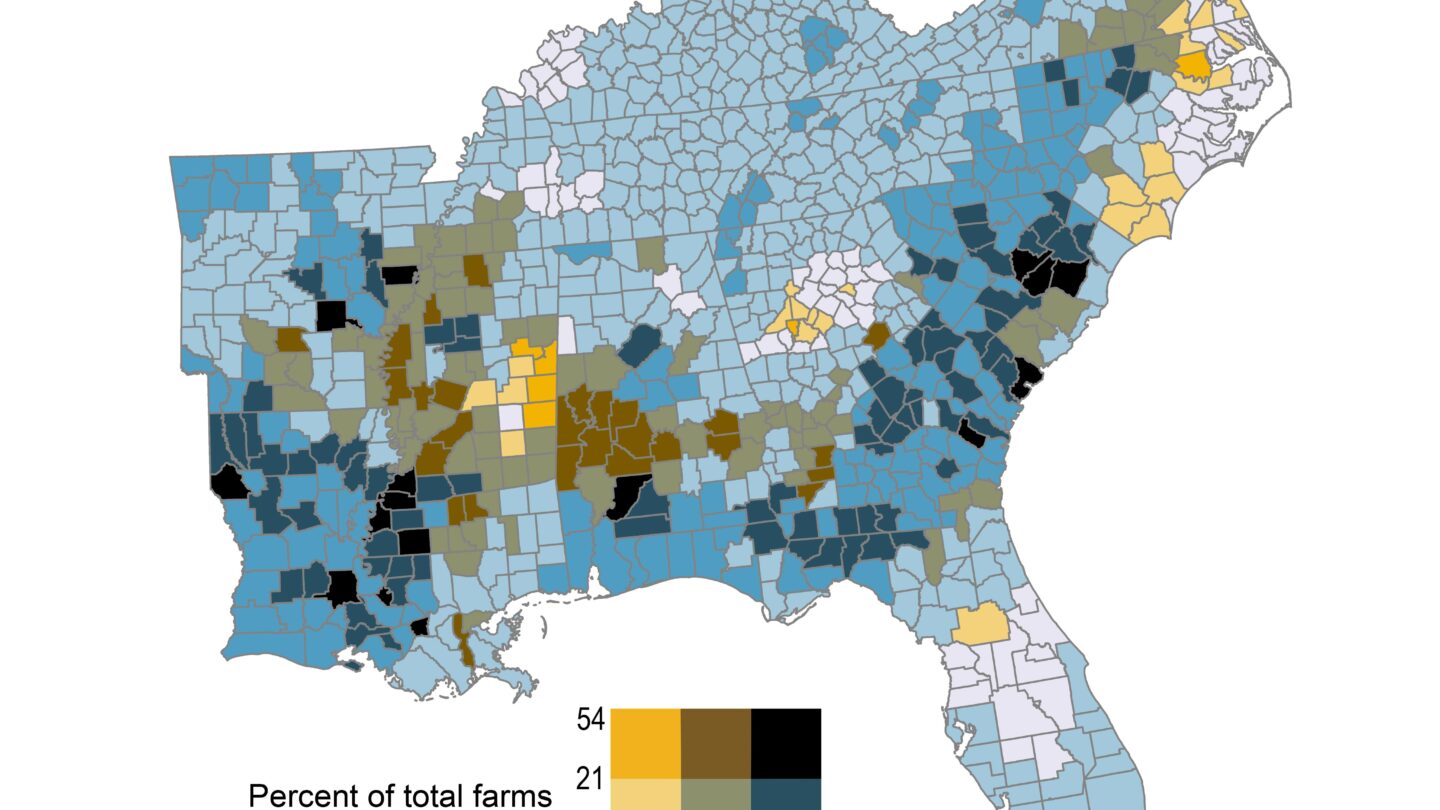
But Georgia farmers are also already adapting, the report found.
“Farmers are very ingenious,” Knox said. “They’re making changes now. They’re putting cover crops on to help soak up some of that carbon and to maintain soil moisture better and nutrients better than they have in the past.”
Many are also employing precision agriculture techniques, making more efficient use of resources like water by targeting them only where needed.
But like many other climate adaptation strategies, the assessment found that not all farmers can access these equally. Lack of broadband internet can hamper precision crop monitoring. So can a lack of money. Smaller farms often can’t afford expensive equipment, irrigation upgrades, and insurance that could limit their risks.
Farmers in some parts of Georgia could actually see some upside from the changing climate. The assessment predicts some crop yields will increase, particularly in the Piedmont region. That’s partly because warmer weather throughout the year can essentially create two growing seasons, Knox said. And while rain can be hard to predict, the Southeast is generally wetter than many other parts of the country.
“In some respects, Georgia is much better positioned than someplace like California, which is likely to go back into these multi-year droughts, because we have access to water and we get about 50 inches of rain a year,” said Knox.
A costly problem
While agriculture is Georgia’s top industry, the report found that climate change affects other big businesses like timber, tourism, and trade that rely on ocean ports and rivers. And with the growing electric vehicle, battery, and solar industries throughout the state, big industrial activities have been ramping up in Georgia faster than ever.
While Georgia is attracting many businesses, the report found that disaster risks from climate change will hit them hard. The assessment predicted that it will become riskier and more expensive to do business in the state. When disasters like hurricanes, droughts, extreme rain, and heat waves do strike, the report said, small businesses will have the most challenges bouncing back.
Much like the impacts for residents, the assessment found climate risks and damages to businesses won’t be dispersed evenly.
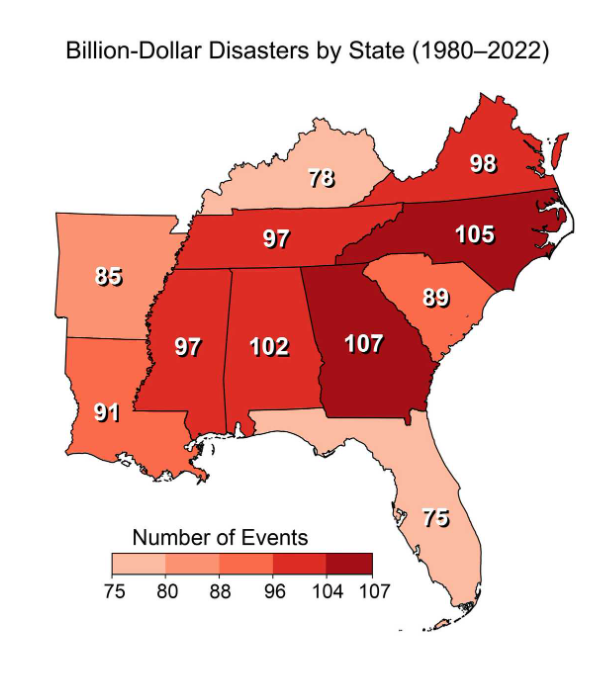
According to the report, coastal businesses will be more susceptible to risk, and rural areas will face increased isolation and economic decline. Georgia’s more place-based businesses, such as fishing, farming, tourism, aquaculture and more, will face unique challenges as climate change degrades their work environments.
The assessment stressed that the impacts of climate change are already expensive for the Southeast: the region has seen the most frequent and costly billion-dollar disasters since 1980.
As the planet continues to warm, the consequences will continue to cost Georgia businesses, residents, and communities.
“It costs a lot to change energy mixes now and things like that,” said Knox. “But boy, it’s gonna cost a lot more in the long run if we have to deal with weather we’ve never seen before.”

